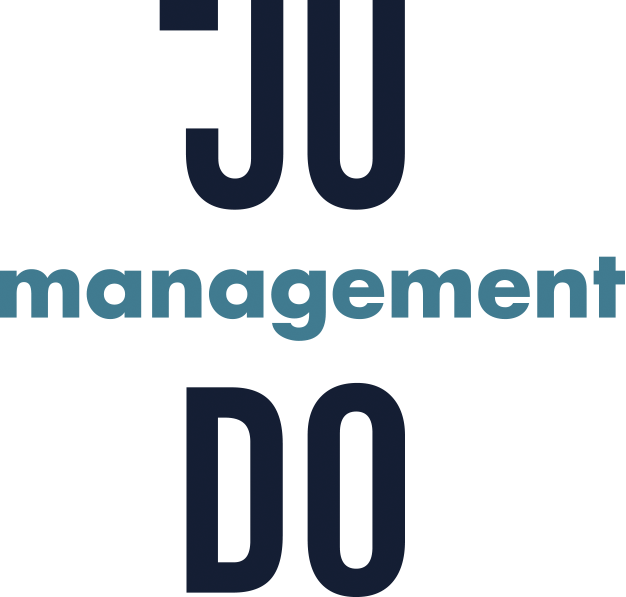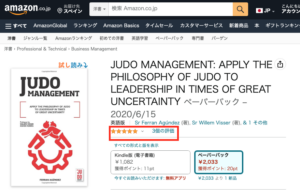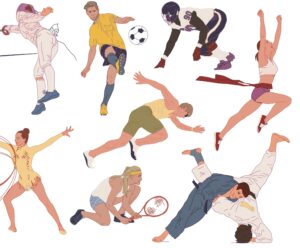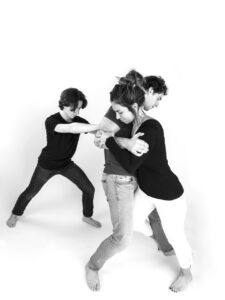By: Chris Lukassen
The world of judo remains a constant source of inspiration. Many practices from the dojo floor translate into useful insights that can make us better leaders. Leadership is an intentional influence, guidance toward a higher purpose. So, what can we learn from the path of the yūdansha, the black belt ranks?
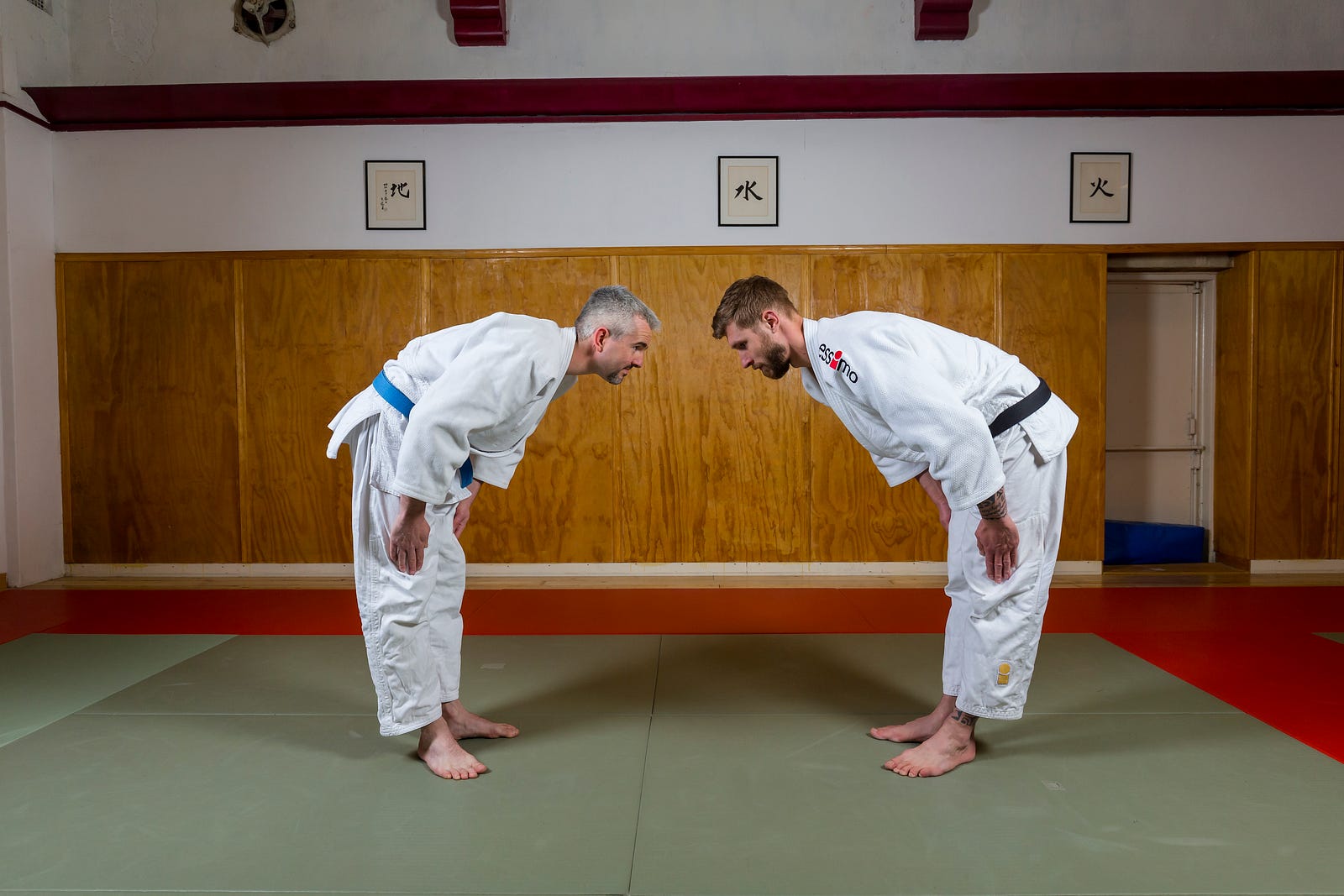
Drawing on the wisdom of business leadership expert Joseph Greeny and his book Influencer: The New Science of Leading Change, let’s look at the six sources of influence that you can adopt from the dojo to ensure that your organization sticks to any discipline or practice.
1) Personal Motivation
People are curious when they arrive at the dojo. Some come from other forms of martial arts, some from a lifelong addiction to Bruce Lee movies, but they have all taken their first step. The most challenging belt is the white belt. It requires you to get out of your comfort zone, make a commitment and change your daily routine.
Discipline — it’s the cornerstone of any change, personal or organizational. Often we adopt a new way of working, reorganize but fail to stick to it. Many changes only pay off in the long run and require a shift in attitude.
It takes personal motivation to make the behavior change real, substantial and ongoing. It’s not enough to tell someone to change, or to tell them why you want them to change–they need to want it for themselves and to commit to the idea of change.
As a leader, you should help your teammates to connect to the personal values underlying the sustainable behavior you want them to adopt. For example, create purpose-compass posters to define their connection to the values of the new culture, or have them each create a personal plan for the change.
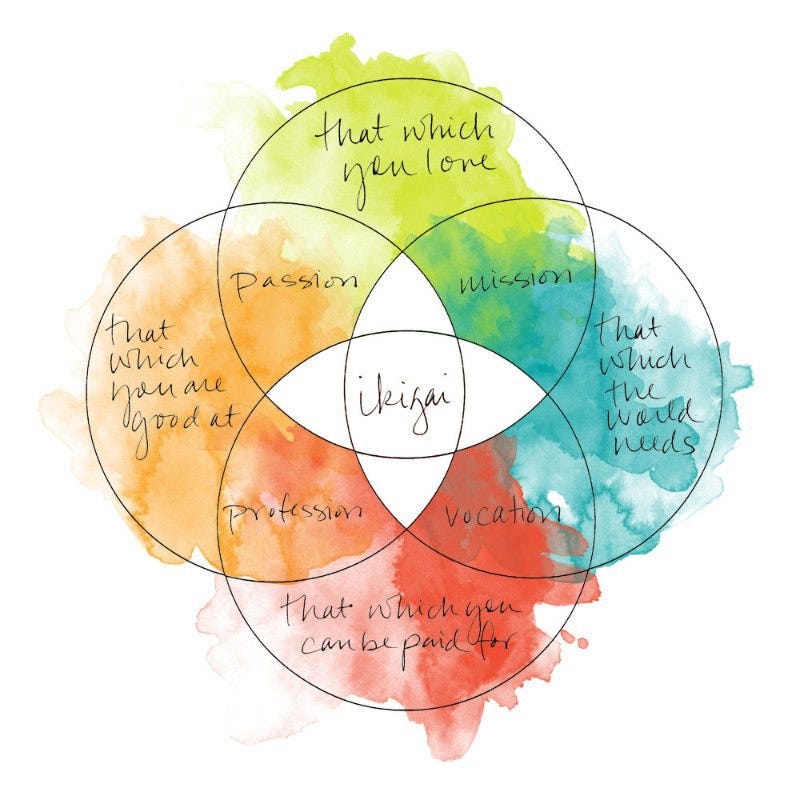
Things to look out for:
– Try to discover the disliked parts of the change and eliminate them. Judo requires you to learn how to fall, but onto a mat. Europeans generally find the years of patience needed to reach a black belt frustrating, so we’ve introduced multiple colors in between to show our progression and keep us motivated.
– Work with examples of the change. In my dojo, a talented judoka is losing his eyesight, and yet he is determined to go to the 2020 Paralympics. In your business, go on a field trip to a company that has already experienced the change.
– As Marco Borst (my sensei) said, “True budo (the code on which martial arts are all based) cannot be seen in technique, but in the way we live.” Create a higher purpose that people can connect to.

2) Personal Ability
Once people are motivated to do something, they must then learn how to do it. In Judo, there are two ways techniques are taught and learned: thekata (controlled technique training) and the randori (training the technique in a realistic setting). In business, people are often sent to a training seminar but then required to apply new techniques in the old environment without realistic practice.
If you want the behavior to take root, you need to train the techniques in a realistic way. I like doing in-company training because participants perform exercises as a group, which creates a small pocket of change enablers that can rely on each other in the real world.

Things to look out for:
– Provide opportunities for guided practice with immediate feedback until people feel confident enough to engage in the new behaviors, under even the toughest circumstances.
– Encourage people to participate in simulations that allow them to learn and practice potential interactions under challenging circumstances.
3) Social Motivation
At the dojo where I train, we have multiple fifth dan practitioners and many other high ranking players, including a former world champion in jujutsu, several who competed on the European level, and some with realistic Olympic ambitions. There are also many who work with children, including some children with special needs. All in all, it is a place with many inspiring people which makes you want to be a part of it.
We all have a deeply felt desire to be accepted, respected and connected to other human beings. But it works both ways — leaders must exhibit the right behavior: a raised eyebrow, a curled lip, or a small shake of the head can wield more influence than burning platform speeches. Start at the top, then engage everyone else.
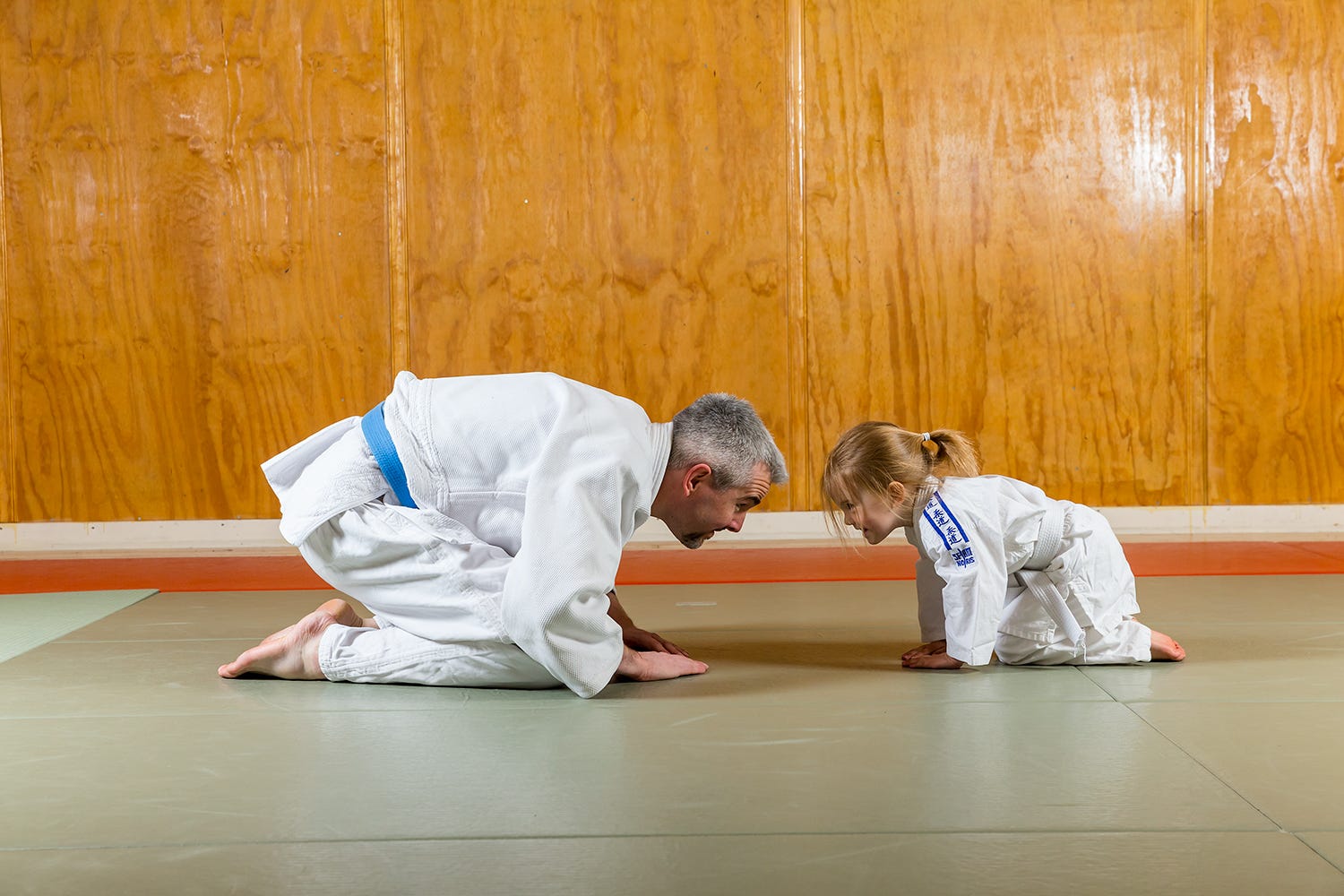
Things to look out for:
– As a leader, you serve as a role model, teacher, and supporter of the change.
– Teach, model and coach toward new behavior.
– Early on, identify and involve people who will be most concerned about the change.
4) Social Ability
When Jigorō Kanō opened an 824 mat dojo in December 1933, teaching in a dojo of that size relied on one of his two principles of judo is founded on: jita kyoei, which means mutual prosperity for self and others.
In his 2004 book, The Wisdom of Crowds: Why the Many Are Smarter Than the Few and How Collective Wisdom Shapes Business, Economies, Societies and Nations, James Surowiecki argues that the aggregation of information in groups often results in better decisions than if made by a single member of the group.
Engaging groups that will be impacted by your change will help gain buy-in and create collaboration. They are likely to develop more solutions than a single individual on her own.
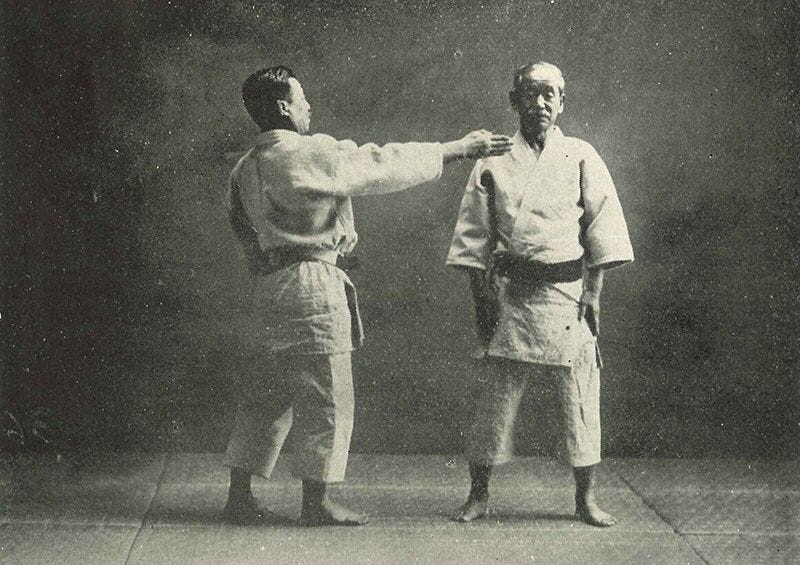
Things to look out for:
– Identify the most difficult aspects of the change beforehand and ensure people have a support network for whenever they face these obstacles.
– Create and establish mentors and coaches to provide just-in-time assistance.
– Co-create the “how” of the plan, but be firm on the change itself.
– Create a “safe” way for people to get help without feeling embarrassed.
5.) Structural motivation
In his 2010 book Drive: The Surprising Truth About What Motivates Us, Dan Pink explained why traditional rewards systems, such as bonuses, don’t necessarily create the desired changes in behavior. Reward systems often focus on results and not on behavior. Interestingly enough, the way judo is taught resonates with all the three main sources of personal motivation that Pink identified in Drive: autonomy, mastery, and purpose.
Influence behavior by focusing on the non-human factors that support what you value. For example, if you value autonomy, what decisions will you delegate? If you value mastery, then remember, learning is failing, so what event is in place that could help people and teams improve? What’s your purpose? In other words, emphasize the problem your product or business solves for the customer and client, not the shareholder.
A pension fund in New York did the latter by putting up photos of all the firemen that died in the 911 attacks. It was a way to remind their employees that their first responsibility was to create financial security for the people who protected them, not their shareholders.

Things to look out for:
– Are the formal rewards and incentives supporting or discouraging the new behaviors?
– Can you track the effects of what you do? For example, see how Philips Medical introduced its “lives improved” metric [Philips-Methodology-for-calculating-Lives-Improved-2016.pdf].
– Is management supportive of the new behavior or are they slipping back to the old way? There can be no exceptions.
6.) Structural Ability
I’ve never run into a dojo that didn’t have mats or a karate school without punching pads. Our physical environment makes a significant impact on how easy it is to engage in and change a particular behavior. With this in mind, I converted our veranda into a mini-dojo so I could practice in the morning without heading out to a gym. The family sacrifice was that we could no longer eat outside when it rained, but the gain was that my sons could turn their daily “fight” into a practice session, my daughter could do her ballet stretches on whim, and since my wife practices jujutsu, we had a safe place to engage in marital arguments. 😉
It’s the same in the workplace. If you want the team to work more together, then put people together. If they need to learn from each other, make sure they can. If they don’t get what the product is, make it easier for them to talk to customers. Changing “things” to achieve the behavior we want is much easier than changing people!
Things to look out for:
– Does the workplace invite the new behavior and make it convenient and easy to change?
– Do you have the necessary tools, software, hardware, and other resources available to make the change automatic and straightforward?
– Is the change top of mind? Measured and shown?
– Does the feedback of how well we are doing reach higher management? And how do people know?
Focus, Young Padawan, Focus
With the power of these six sources of influence, you might be tempted to try to change everything simultaneously. People, however, have a strong limit on the amount of change they can handle. Stick to three to five high-leverage behaviors. Once they are tackled, they start a chain reaction that leads to an outcome.
Kano’s second founding principle of judo is seiryoku zenyo, which means “maximum efficient use of energy.” Ask yourself the question, “If everyone just did this one thing, would the rest fall into place?” It’s easier said than done and won’t happen overnight. Conduct mini-experiments to see what works and refine as you go.
